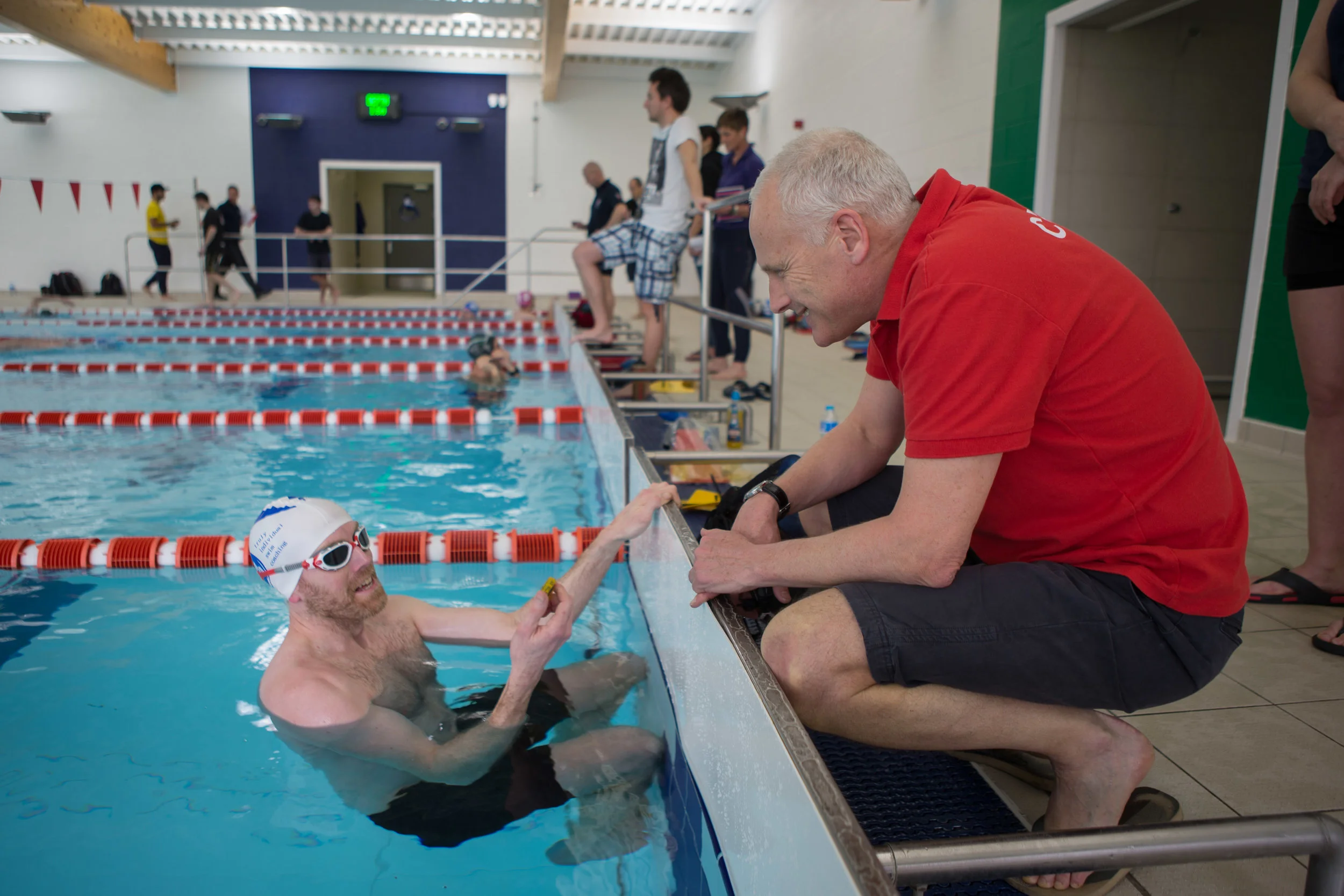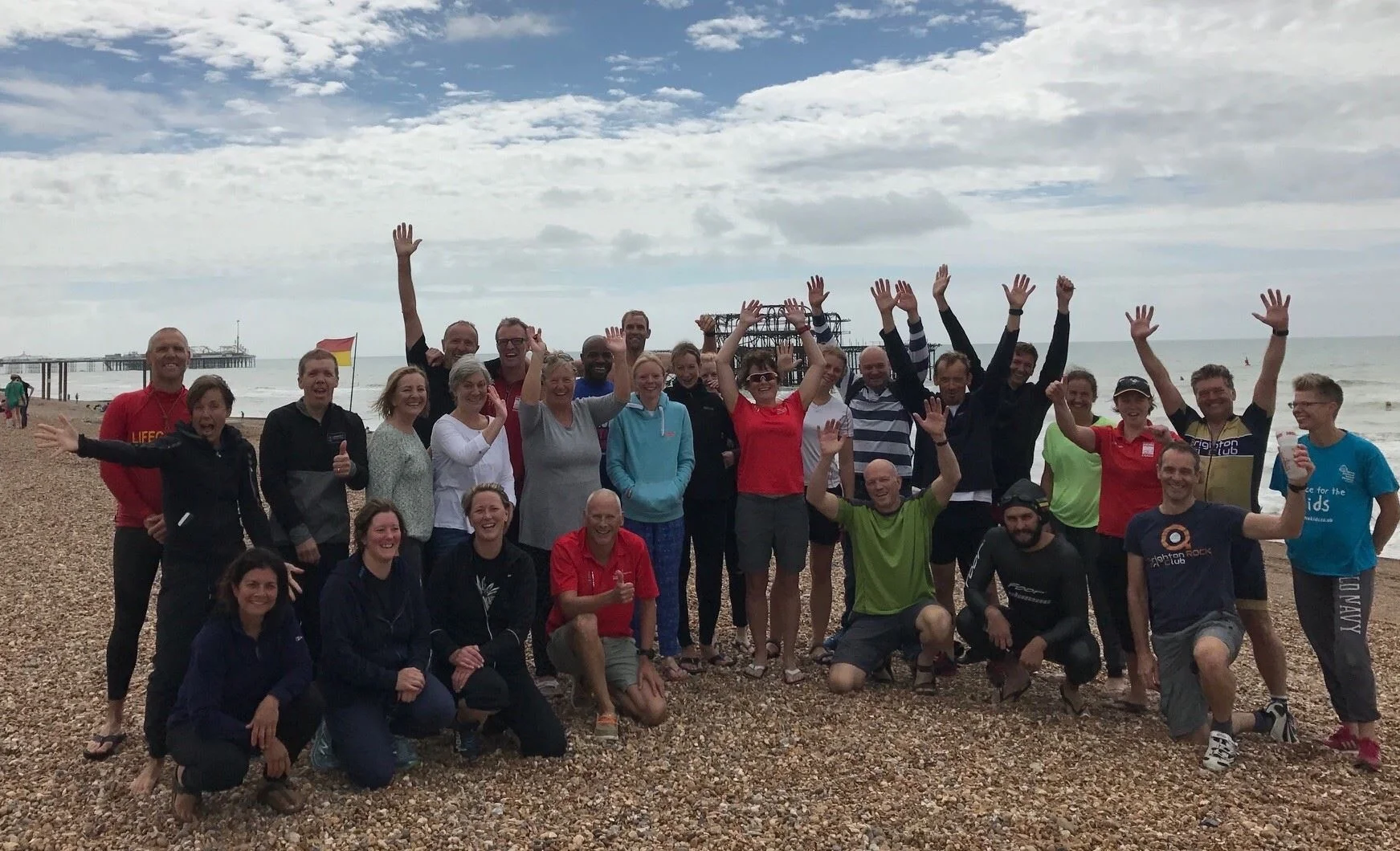This post was originally written for the Connected Coaches site and is about the relationships we develop as coaches with those we coach. It draws on my interests in and work on confidence in coaching. I see the confidence and trust that those we coach have in us as one of the key areas for developing great coaching practice.
In particular I want to explore the idea that our coaching relationships have a creative element, of generating something beyond a one-way approach where the coach leads and those he or she coaches follow. I believe this is one of the keys to unlocking self-belief in those we coach. And I’m wondering how different such creative relationships might be in different sports and contexts.
Some starting points:
every relationship is unique as it is between individuals, whether one to one or in a group. So our search for what works has to start with the uniqueness of the relationship and the person or people in front of us, rather than a one size fits all approach
relationships are never fixed or static, some evolving and deepening, others taking unexpected turns or abrupt endings. So what works at one stage is unlikely to work at another
there is a preciousness and deeply personal quality about someone putting their trust in another. This is not something to be approached lightly or by applying a list of formulaic tips or things to do. Nor is trust owed or something to be automatically expected, no matter what the standing of the coach or however well intentioned they may be.
In this context, the idea I want to explore is that like any relationship, at the heart of coaching lies the potential for a creative interaction. A conventional view of coaching might have us believe it’s all about the expert coach directing (or dictating) and those they coach following. For sure the coach needs to lead as they bring expert knowledge and experience and ultimately they hold the relationship. I think coaching is at its best and most rewarding when this develops further into a creative interplay, the coach and coached sharing in making something new and fresh, with a depth and energy of its own that leaves both enriched – a bit like a jazz supremo playing with other musicians, at first going through the refrains of familiar tunes and then letting the music take over as they get into the swing and create something spontaneous and flowing. (I’m a big fan of the Keith Jarrett Trio.)
The acclaimed creativity expert Ken Robinson defines creativity as “the process of having original ideas that have value.” Applying this to coaching relationships, I think of three key features: it’s a process, requiring conscious effort and practice, not just something that happens by chance; there’s an originality in the sense of looking to develop something new each time, not just a repeat of past practice and ways of doing things; and there’s a valued element, for the coached in terms a new found proficiency, self-belief and end results, for the coach in terms of learning and satisfaction.
Coaching in the Quadrants
To explore this further it will help to identify the different contexts in which we establish and develop creative relationships with those we are coaching: as in the simple matrix shown here, drawing on my coaching experience to distinguish between whether we are coaching one to one or in a group and whether it is a one off session or more on-going.
In the bottom right quadrant sit the long term coaching relationships I have with triathletes and other endurance sport clients. Here I’m providing very personalised, individual support for their ambitions over twelve months at a time or maybe to take them to a major event some way off. I have found we can go through something of a journey of trust: some clients at first wary, unsure what will be involved and what they may be asked to give up, as if making an uneasy calculation; then being more ready to try out the new approach as benefits are felt (or so one hopes!); to having more of an easy bond of trust where we learn together and share in the excitement of how good it all feels. As it is a very personal relationship, the coach’s self-awareness, respect for boundaries and awareness of motivations and expectations are all at a premium.
One to one swim analysis - with thanks to Adam from Swim Smooth
At the bottom left quadrant, I also have people coming for one to one, one-off swim analyses, bike skills sessions or help with running form. We have a very limited time to establish rapport, for me to understand where they are at, determine what will help most and provide a way for them to progress afterwards. They may come back at a later stage but the relationship is framed in a way to make the most of our short time together. I have to make the space for new things to be tried out and their benefits felt, so they leave with a greater self-belief and excitement about what they can do.
I also coach adult and junior club swim sessions, which belong in the one to many top line of the matrix. Here the distinction between one off and on-going might not be so clear cut. Although each session is around an hour or so with no contact until the next session, I also want to maintain some continuity – for example, to pick up on the area of technique we worked on the previous week or progress on through a phase of training. However, with the mix of people coming to each session likely to change each time, there is a sense of needing to treat each session as a one off.
In the right top quadrant sit coaching of teams or squads. Team members will no doubt come and go but I assume the coach must have a strong focus on developing a team spirit, a sense of belonging and sharing ambitions and ways of doing things. We’ll come back to this quadrant with some questions at the end – you can see it’s the box waiting to be filled in by those of you coaching in such contexts.
For now lets look in a little more detail at one of the quadrants where one might think there is little scope for creative relationships to be fashioned and come alive.
One to Many in Just an Hour!
In the top left quadrant are those coaching relationships we have when we are coaching a group and the timescales are very finite – such as taking a club session. One wouldn’t expect or look for a deep bond of trust to be forged in such limited time, especially if there is little or no further contact. So what kind of creative relationship can be expected?
First, by its very nature the relationship will be very visibly directive and coach led compared with one to one coaching. There’s also likely to be less wariness or questioning on the part of those showing up for their session – more like “just tell us what we’re doing and we’ll get on with it!” On top of that there’s all the busy commotion of people coming and going, chatting amongst themselves and catching up, to contend with. The coach’s own confidence in commanding the space and setting out what’s going to happen needs to be visibly to the fore.
To go beyond just keeping on top I have found focusing on the following four points of creative interaction work for me, seem to allow for the “music” of coaching to take over and bring great results.
First is to create a personal connection right at the very outset. A super mantra I picked up in an Active Sussex workshop for coaches was what the tutor called his Ten and Two Rule. He said you have ten seconds in which to make someone coming to your session feel welcome. If you miss that very first moment you will always struggle to create a connection. It can be as straightforward as looking someone in the eye, saying “Hi – welcome” and calling them by their name – all within ten seconds of them coming through the door or your first contact. And from there the Ten and Two Rule says you have essentially around two minutes to set the tone for what happens in the coming session, which brings us to the next point of shared creation.
Here I want to generate a shared sense of energy and engagement. Being really clear and succinct about the purpose of the session, what we’re focusing on and why helps the group to focus and lifts my own coaching energy levels and makes me feel more assured. Our shared energy and engagement feed off each other and makes sessions flow.
And once that starts to happen I want to create a space in which we can explore together, trying out and experimenting what works, what it feels like to make that extra effort, to adapt the technique, to push harder or faster, with more control or a heightened feel for form, intensity of effort or movement. All the time asking how something felt, before offering my observations, helps underscore it’s a shared learning endeavour rather than a pass or fail test.
Banking and celebrating a one to many, one off Open Water Swim session with tri novices, with Brighton Tri Club
Most sessions – certainly club swim sessions – tend to finish with everyone keen to get out, get changed and quickly on their way. Before they do, there is a final creative point of the relationship that I think of as banking: of asking people as they leave what they got out of the session, reinforcing a specific coaching point and thereby prompting them to reflect, recognise the shared endeavour and bank what we’ve worked on, ready for next time. It is also the most telling piece of feedback for me to store away and use to plan and inform my next coaching session.
These creative points of interaction all help generate a greater self-belief and confidence in those we are coaching. Coaching at its most rewarding!
Concluding Questions
The above are thoughts from my experience of coaching in three of the four contexts or quadrants. What about the relationships between the coach and their squad or team?
For those of you coaching in such contexts, how does the idea of a creative interplay have relevance? Is there a typical pattern or path that the relationships seem to follow, similar or different to the journey of trust in one to one coaching? And how do the creative points in a one to many, one off coaching outlined above – of shared connection, energy and engagement, exploration and banking – apply in the on-going sessions you run week in week out with a more established, fixed team or squad? Great to get the views of those of you involved in coaching in such set ups.
Comments, reflections and ideas as always welcome below.



